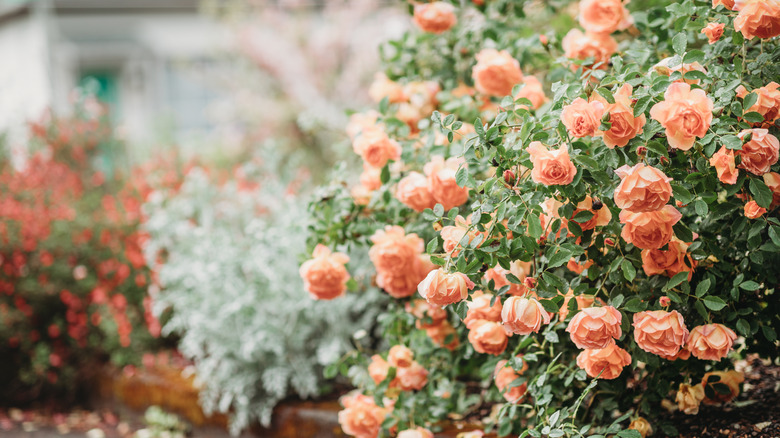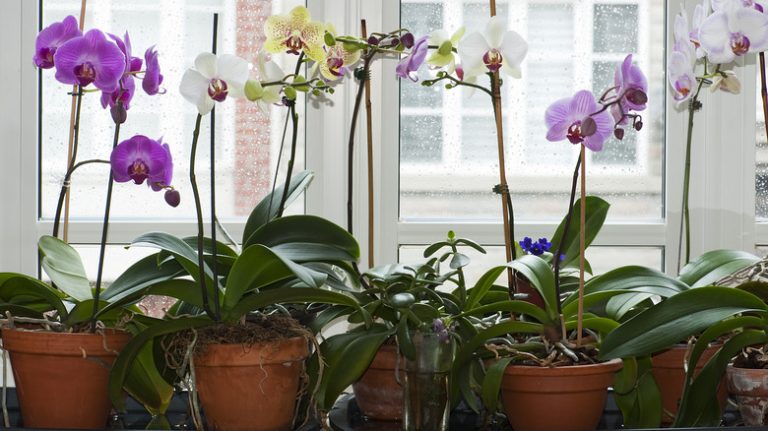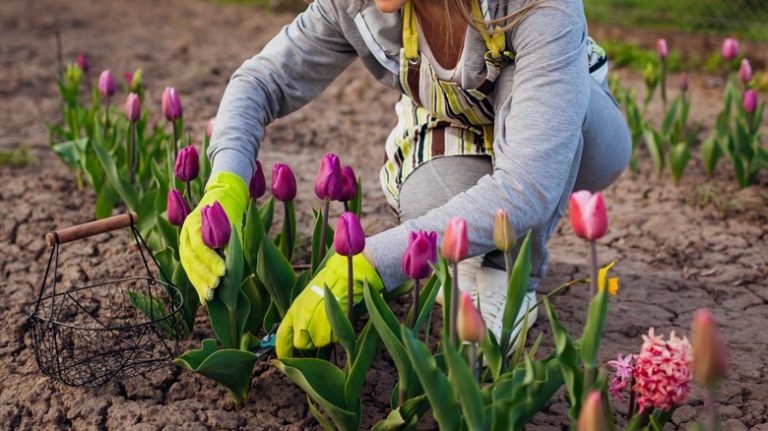The rose has been celebrated in prose, poetry, and art and has often been used as a symbol of love and beauty. Historians estimate that roses may have been around for as long as 35 million years. Today, roses are among the most popular garden shrubs in the world, and there are more than 30,000 varieties, according to Country Garden Roses. They grow on every continent except Antarctica, in almost every habitat ranging from tropical rainforest to cold, dry desert. The most common color is red, but there are also roses that are white, yellow, pink, orange, lavender, purple, or blue-black.
Roses can be propagated by cuttings, grafting, or budding. The only way to ensure an exact copy of the parent plant, however, is to take a cutting. Once you have a rose bush, you can collect cuttings from the plant to create new bushes. In fact, it is possible to grow an entire rose garden from just one plant. This is known as propagation. Stephen Scanniello, curator of the Peggy Rockefeller Rose Garden at the New York Botanical Garden, told The Pioneer Woman that rowing roses from cuttings is a technique that has been around for a long time. He also pointed out that heritage roses only exist today because people passed cuttings from the plants through generations. Using the tips from this guide, you’ll learn how to grow your own roses from cuttings.
How to select rose bush cuttings for propagation

The first step is to select a rose bush you’d like to propagate. You can take cuttings from virtually any rose bush, although some types of rose bushes are easier to propagate than others. It’s important to note that some rose varieties are actually patented, meaning it’s illegal to propagate them, according to Jackson and Perkins. Be sure to verify whether the variety you chose can legally be propagated.
In most cases, you’ll want to start with a plant that has been in the ground for at least two years. Choose a rose bush that has been grown organically and hasn’t had any chemicals applied to it. It’s best to use a species that is naturally grown locally rather than a plant that has been grafted, according to Country Living. Make sure the bush is healthy, with no signs of disease or damage.
Ideally, cuttings should be taken in the spring when the rose bush has new stems that haven’t flowered yet. When choosing a cutting, look for one that is at least 12 inches long. Avoid cuttings that have any yellow or brown leaves attached to them.
How to procure rose cuttings
It’s best to cut the stems early in the day when they’re well hydrated with morning dew. Once you’ve chosen a stem to propagate, use sharp pruning shears to cut the stem just above where the first leaf meets the stem at a 45-degree angle. Make sure that the end of your cutting is above a node (a joint on the stem). According to The Spruce, 25% to 50% of rose cuttings fail to root properly, so cut more than you think you’ll need to improve your chances of success. Clean your shears between cuttings to prevent the spread of disease.
Remove all the leaves from the bottom half of the stem so that it can focus all its energy on growing roots rather than keeping leaves alive. Treat the bottom end of your cutting with a rooting hormone to help encourage root growth. Pour the rooting hormone onto a paper towel and dip the base of your cutting into it so that its bottom 2 inches are covered in rooting hormone powder.
Once you have taken your cuttings, put them into a container of water and put them in a shady place until they’re ready to be planted. If you want to grow several varieties, label the cuttings so that you know which one is which later on. It is useful to keep a small notebook to record the date you took the cutting and its location on the parent plant.
How to root rose cuttings
New Africa/Shutterstock
According to Gardening Tech, it’s best to plant rose cuttings in soil soon after they’re cut. If planting outdoors, choose an area that receives moderate sun and northern or eastern exposure. If starting indoors, plant each cutting in a small compostable planter so that the roots won’t be disturbed when the plant is transplanted.
When you’re ready to plant your rose cutting, dig a hole that’s 3 to 4 inches deep. Cut each 12-inch cutting in half so that each stem is approximately 6 inches long. Insert your cutting vertically so that half of it is buried beneath the soil’s surface. Tap the side of the pot several times to make sure there are no air pockets around the stem, then press down lightly with your finger on top of the soil. Repeat this for each cutting until you have planted them all.
Water the soil thoroughly, let it drain for one hour, then pour more water over the top until it runs out of the holes in the bottom of the pot. They will probably start to show signs of growth within three weeks from planting. You’ll know the cutting has successfully rooted if you gently tug on it and it doesn’t move. Don’t be discouraged if some cuttings don’t root — it happens to even the most experienced gardeners.
How to care for rooting roses
Roman Smok/Shutterstock
Once the cuttings have been planted, it’s important to treat them with care until they’re better established. If you’ve rooted your plants indoors, introduce them to the outdoor environment gradually by bringing the planters outside for an hour at a time to start. Gradually increase the time they spend outdoors until they are acclimatized. If rooted outdoors, they should be covered to create a miniature greenhouse, according to Gardener’s Path. It’s possible to purchase plant cloches, but you can also create a DIY version with supplies you already have, like a milk jug or soda bottle. The intention is to create a moist environment that is simultaneously protecting the plants from the elements. The cover can be removed when the plant has fully rooted.
Spritz the cuttings with a small quantity of water every day. Keep an eye on your roses’ leaves and water them less frequently if they begin to turn yellow or curl up at their edges. Before you know it, your cuttings will transform into a beautiful rose bush!

